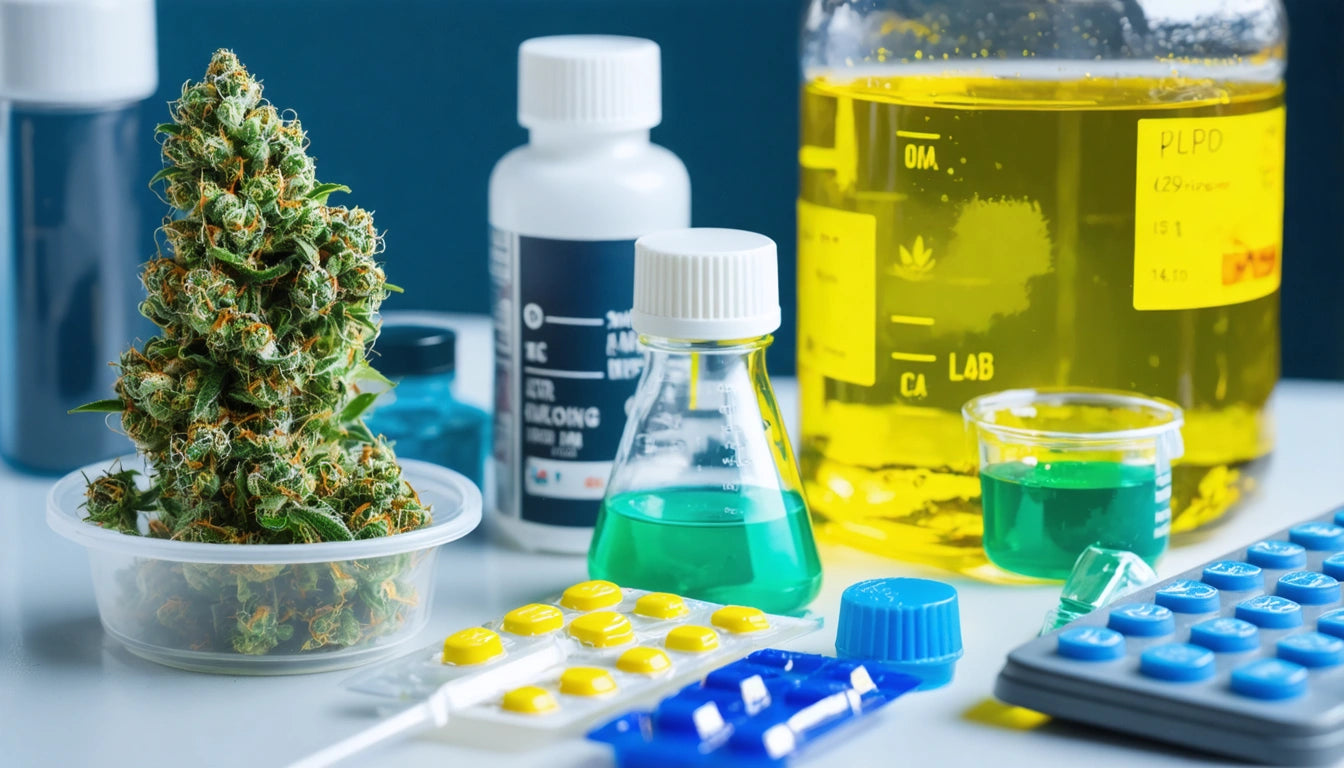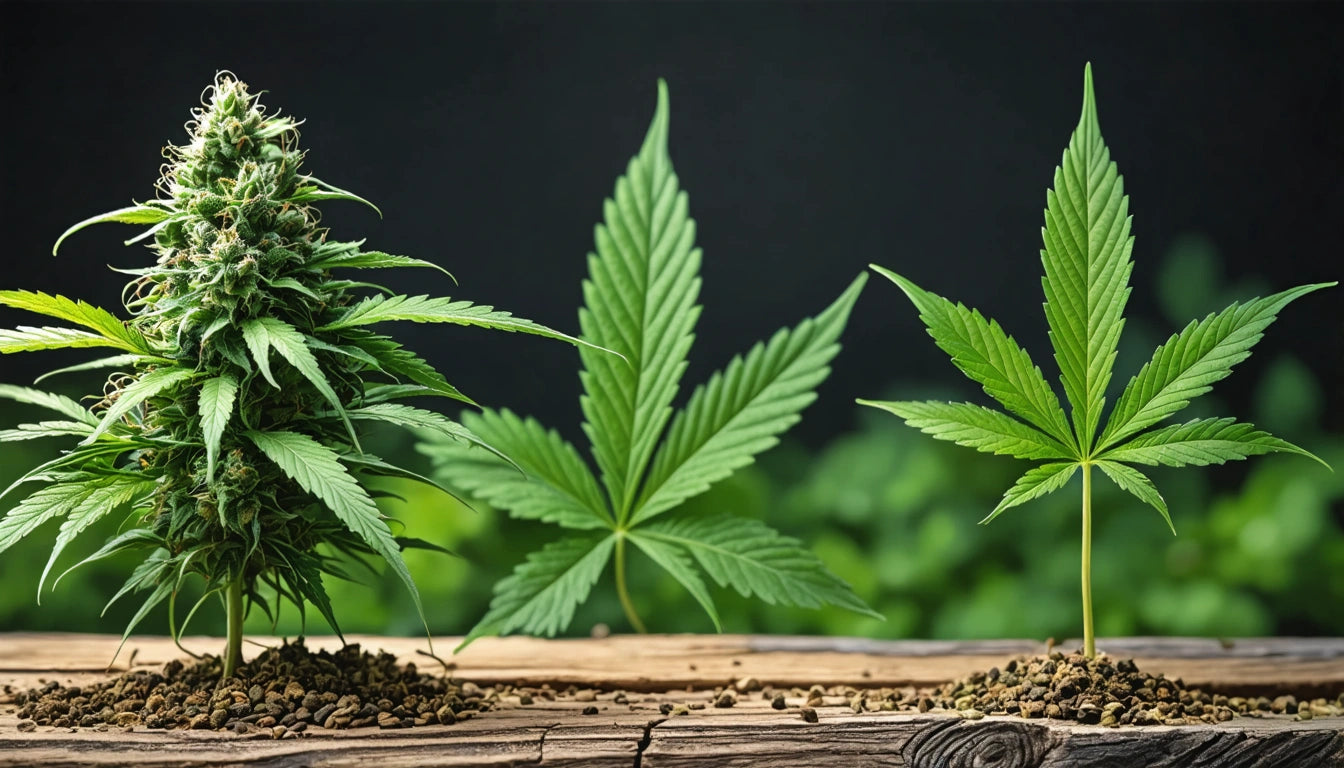Table of Contents
Cannabis testing is a critical quality control measure that ensures products reaching consumers are safe and accurately labeled. When a product fails laboratory testing, it triggers a series of regulatory protocols, potential remediation steps, and business decisions. Understanding this process helps producers minimize losses and maintain compliance in an increasingly regulated market.
Understanding Cannabis Testing Failures
Test failures occur when cannabis products don't meet established safety or potency standards. The severity and implications vary based on the type of failure and local regulations. According to industry compliance experts, most states require producers to document and report failures immediately.
The first distinction to understand is between batch testing and product testing. Batch failures affect larger quantities of cannabis, while product-specific failures might be limited to particular formulations or packaging runs. This distinction often determines the scope of required remediation.
Common Reasons for Test Failures
Contaminant Detection
The most serious failures involve contaminants that pose health risks. These include:
- Microbial contamination (mold, yeast, bacteria)
- Pesticide residues exceeding limits
- Heavy metals from soil or processing equipment
- Residual solvents from extraction processes
Contaminant testing standards vary by state but generally follow similar safety thresholds. For products like concentrates and edibles, full panel testing is particularly important as processing can sometimes concentrate contaminants.
Potency Discrepancies
Products may also fail when cannabinoid levels don't match label claims. This includes:
- THC content exceeding allowable variance (typically ±10-15%)
- CBD levels below advertised amounts
- Incorrect ratios of cannabinoids
Understanding how to interpret cannabinoid percentages is crucial for compliance. Even minor variances can trigger regulatory issues in strict markets.
Immediate Actions After a Failed Test
When a test failure occurs, producers must follow specific protocols:
- Quarantine the affected product immediately
- Document the failure in compliance tracking systems
- Notify regulatory authorities within required timeframes
- Determine if remediation is permitted for the specific failure
- Assess the root cause to prevent future occurrences
Proper packaging and storage during this period is essential. Many producers use specialized compliant packaging, such as secure mylar storage bags to maintain product integrity during quarantine and potential remediation processes.
Remediation Options and Protocols
For Microbial Contamination
Some jurisdictions permit treatments like:
- Ozone treatment for certain molds
- Radiation processes that eliminate microbial presence
- Heat treatments that preserve cannabinoids while killing pathogens
After remediation, products must undergo retesting to verify the treatment's effectiveness.
For Potency Issues
When potency doesn't match labels, options include:
- Relabeling with accurate potency information (if permitted)
- Reformulating products to achieve target potency
- Blending with other batches to achieve compliant averages
The specific remediation allowed varies significantly based on state-specific testing requirements. Some states permit extensive remediation, while others mandate destruction for certain failures.
Non-Remediable Failures
Some test failures cannot be remediated:
- Pesticide contamination above certain thresholds
- Heavy metal contamination
- Certain pathogenic bacteria
In these cases, proper documentation of destruction is required to maintain compliance.
Business Impacts and Prevention Strategies
Failed tests create significant business challenges, including:
- Financial losses from destroyed product
- Delayed market entry and cash flow issues
- Potential brand reputation damage
- Increased scrutiny from regulators
Prevention strategies include implementing robust quality assurance programs and working with reputable third-party testing labs that can provide preliminary testing before official submission.
Understanding how potency testing accuracy impacts brands can help producers build testing into their quality processes rather than treating it as merely a regulatory hurdle.
Additionally, using lab results to inform product recommendations creates a positive feedback loop that improves both compliance and customer satisfaction.
By implementing thorough testing protocols early in production, understanding remediation options, and maintaining proper documentation, cannabis businesses can minimize the impact of test failures while building stronger quality assurance systems for the future.











Leave a comment
All comments are moderated before being published.
This site is protected by hCaptcha and the hCaptcha Privacy Policy and Terms of Service apply.